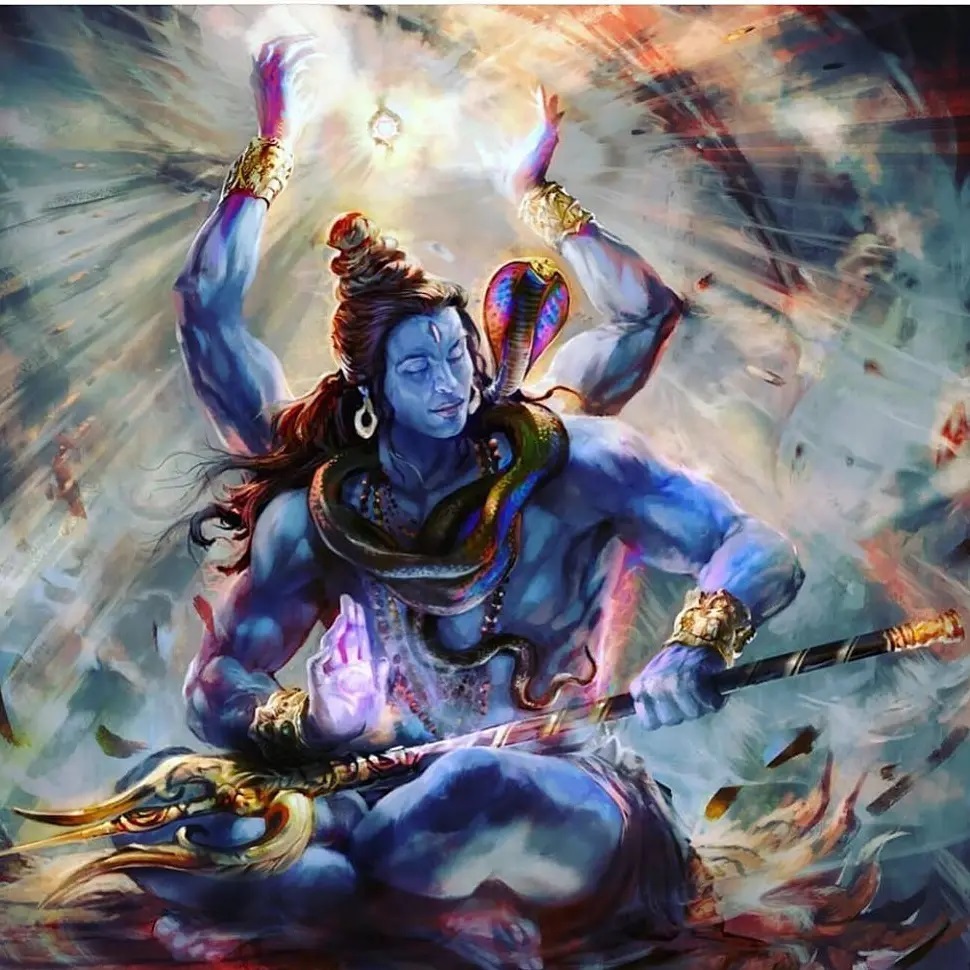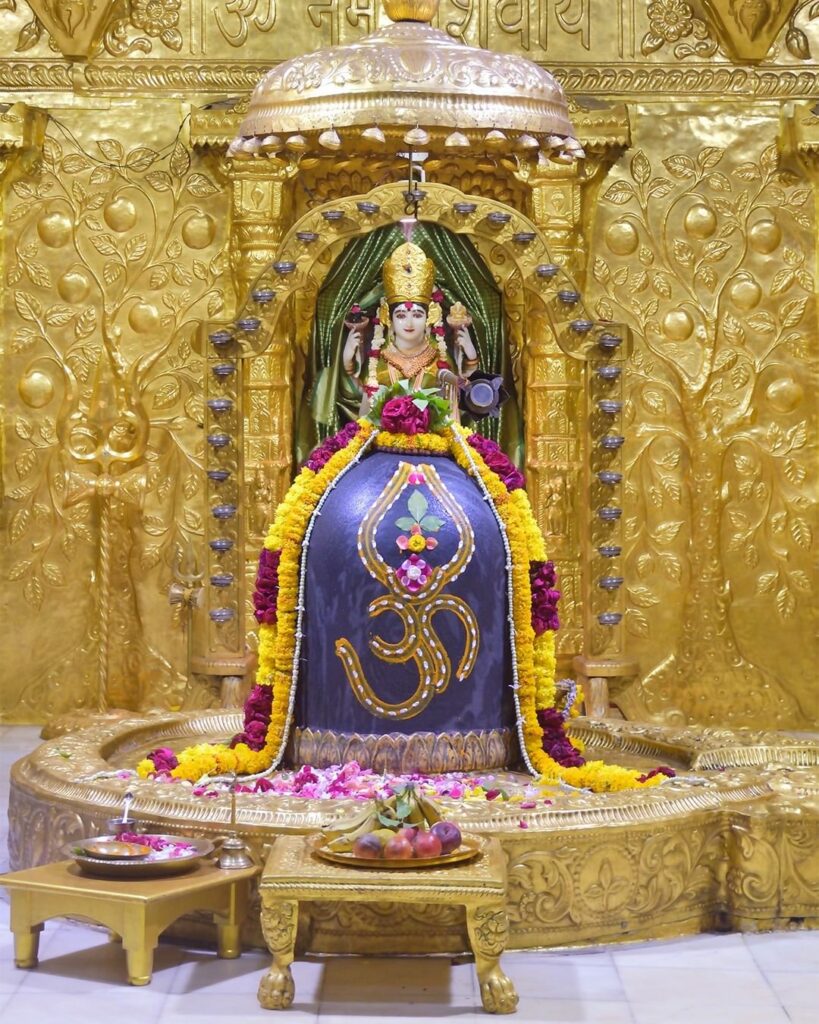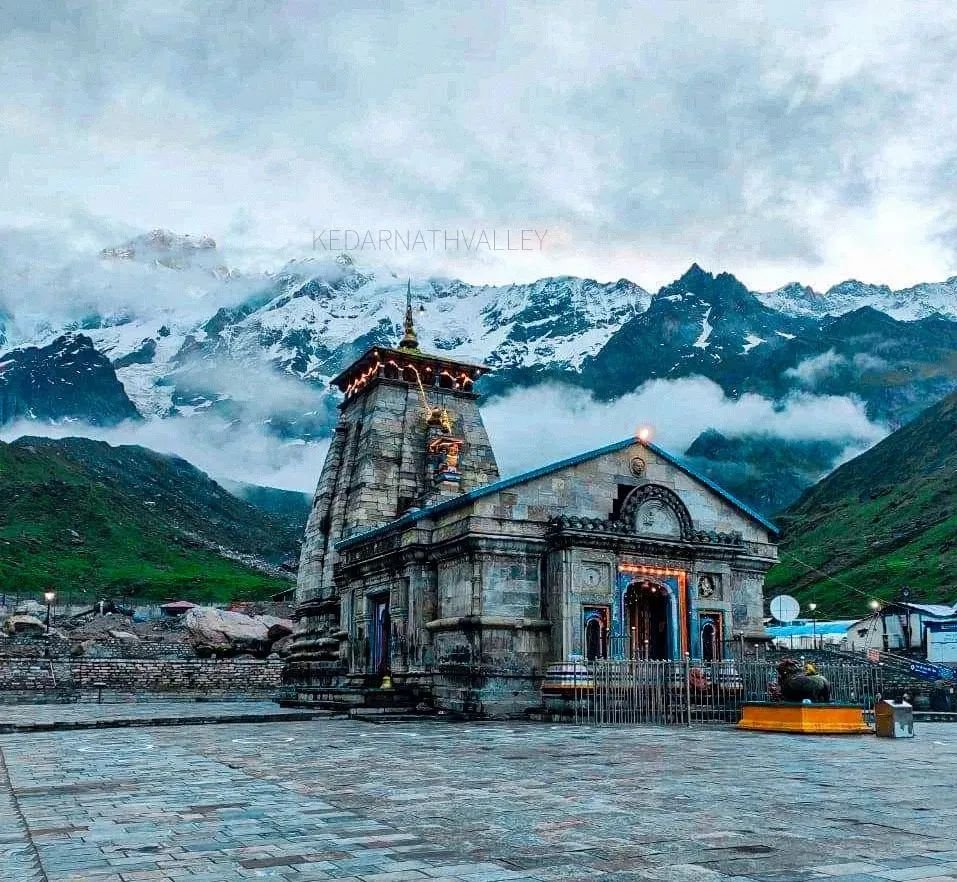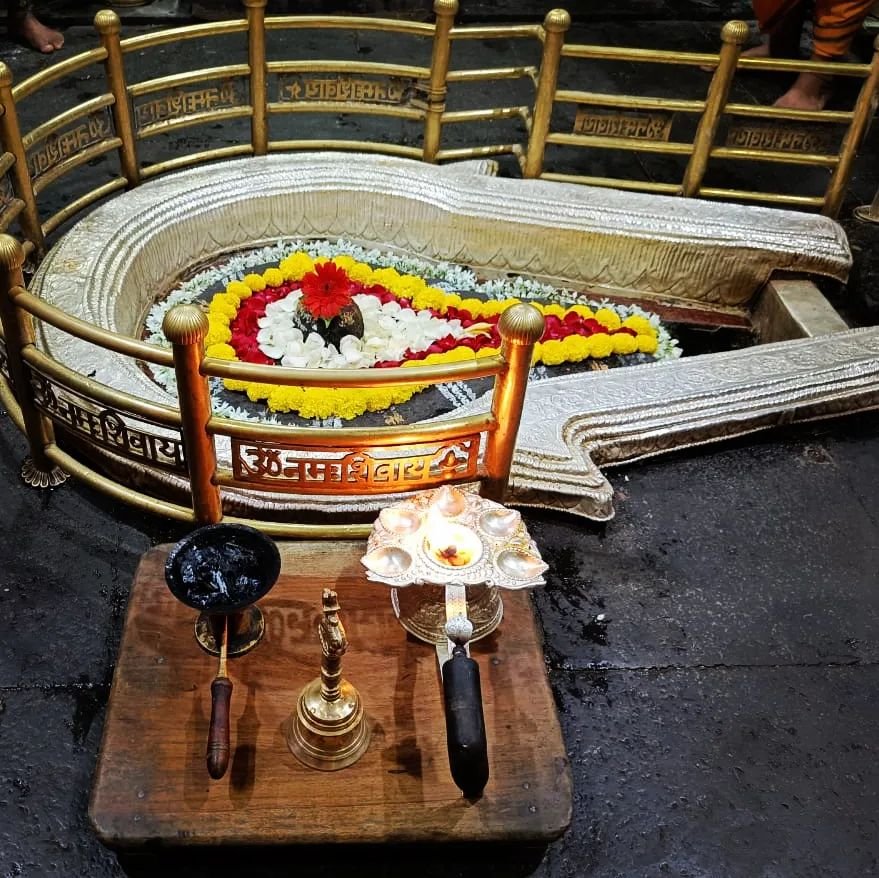What is a Jyotirlinga? Jyoti means light and linga means a symbol of the lord. These places are powerfully consecrated places and many people believe that when we attain high spiritual nature, we can see the lingas as fire columns. Thousands of devotees and travelers from across the world visit these powerful places. Below are the details of 12 Jyotirlingas with names and locations.

The Legend of the Jyotirlingas
The legend of the Jyotirlingas is written in the Vishnu Purana. Once, Lord Shiva appeared as the fire column when there were differences between Lord Brahma and Lord Vishnu on who is the supreme being among them. Lord Shiva said that whoever finds the beginning and the end of this column will be the supreme being. Lord Brahma lied, saying that he found the ending of the column. Lord Shiva then cursed him that he would not be worshipped on Earth. We’ve jotted down a few Jyotirlingas in India.
12 Jyotirlingas in India – Temples of Lord Shiva
Take a look at the twelve Maha Jyotirlingas in India.
1. Somnath Temple, Gujarat
Somnath is one of the famous Shiva temples in India. It is the first among the twelve Jyotirlingas. The present temple in Gujarat was reconstructed by Sardar Vallabhai Patel. The story of Somnath is very interesting, It is said that Prajapati cursed the moon that he would lose all his radiance. The moon then worshipped the lord and regained its radiance. From that day onwards, Lord Shiva resided in the form of a linga. The temple has been destroyed and rebuilt sixteen times now.

Temple hours: 6 AM-9 PM. The special attractions in this temple are Aarti at 7 AM, 12 PM, and 7 PM. There is also a light and sound show which takes place every day between 8 PM to 9 PM.
2. Nageshwar, Gujarat
Nageswhar is one of the powerful Jyotirlingas is located in Gujarat. Thousands of devotees visit the temple of Nageswhara every year. It is believed that whoever visits this temple will protect us from all types of poisons. The story behind this temple is written in Shiva Purana. Lord Shiva came down to protect his devotee Supriya, who was captured by a demon Daaruka.

Temple hours: 5 AM to 9 PM on all days of the week.
3. Trimbakeshwar, Maharasthra
The Trimbakeshwar Jyotirlinga is a unique place because there are three pillars inside the temple. These three pillars represent the holy trinity of Brahma, Vishnu, and Maheshwar and is located near Brahmagiri Mountain where the river Godavari is born. Gautama Rishi requested Lord Shiva to reside here and Lord Shiva manifested in the form of Trimbakeshwar.

Temple hours: 5:30 AM to 9 PM on all days of the week.
4. Kashi Vishwanath, Uttar Pradesh
Kashi, the city of temples, is a popular spiritual place where Vishwanatha (The Ruler of the Universe) resides on the banks of the river Ganga. The Kashi Vishwanath temple is one of the holiest places in the world. It is strongly believed that whoever dies in Kashi will attain liberation. Every year on Mahashivaratri, The place is packed with devotees from across the world.

Temple hours: 2:30 AM to 11 PM. Witnessing the Ganga Aarti in Kashi is a once-in-a-lifetime experience.
5. Mahakaleshwar, Madhya Pradesh
Located in the ancient city of Ujjain, the Mahakaleshwar is the only Jyotirlinga that faces the south side. Of all the Jyotirlingas in India, Mahakaleshwar is the only lingam that is born of itself and derives power from within itself. Every day the awakening of the lord is done by the Basma Aarti and the power of this place is not for the faint-hearted because it will shake you completely from within.

Temple hours: 4 AM to 11 PM. Basma Aarti is the first ritual that happens in the temple that we have to book the tickets in advance.
6. Mallikarjuna, Andhra Pradesh
Sri Mallikarjuna Jyotirlinga Temple is located on the banks of the river Krishna, Andhra Pradesh. This place is also known as Kailash of the South and it is one of the popular Shiva temples in India. It is written in Shiva Purana that Lord Shiva and Parvati resided in Srisailam to remain close to their son Karthikeya who decided to stay alone. It is believed that whoever sees the tips of the mountain in Srisailam will be liberated from sins and the cycle of life and death.

Temple hours: 4:30 AM to 10 PM every day. There are many other popular tourist spots near Srisailam like Srisailam Reservoir, Pathala Ganga, and Tribal Museum.
7. Omkareshwar, Madhya Pradesh
Omkareshwar is one of the sacred places in Madhya Pradesh. The Jyotirlinga is located on an island on the Narmada River. Omkareshwar means the Lord of the Om sound. Lord Shiva appeared here as Omkareshwar to help the devas to win over the danavas.

Temple hours: 5 AM to 10 PM. The darshan timings are between 5:30 AM to 12:30 PM and 4 PM to 9 PM.
8. Kedarnath, Uttarakhand
Kedarnath is the most popular and difficult place to visit Lord Mahadev because the shrine is located at the height of 3,583 metres from Rishikesh. The temple is closed for six months battling extreme weather conditions. The journey to reach the Kedarnath temple is difficult and many people use sticks or ride on dolis and horses. Lord Shiva took up abode on the mount Kedar when Nara and Narayana performed severe penance. The first-ever temple was built by the Pandavas and later it was restored by Adi Shankara Charya.

Temple hours: 4 AM to 12Noon and 3 PM to 9 PM (Only during May and November). Before going to Kedarnath, We can visit Gangotri and Yamunotri which are nearby.
9. Baidyanath, Jharkhand
Baidyanath or Vaidyanth temple is one of the sacred places of Lord Shiva. Vaidyanath means the master of medicines, the ultimate healer. This is the place where Lord Shiva cured Ravana who was the greatest Shiva devotee. It is believed that a person will be freed from all his miseries, worries, and health issues once they worship the Lord at Baidyanath.

Temple hours: 4 AM to 3:30 PM and 6 PM to 9 PM. The timings will be extended during the Maha Shivaratri.
10. Rameshwaram, Tamil Nadu
Rameshwaram Temple, also known as Varanasi of the South, is one of the highly visited and worshipped temples in India. The Jyotirlingam was established by Lord Rama to get himself freed from the sin of killing Ravana because he is a Brahmin. The temple is surrounded by sea and it is popularly known for its architecture, especially the long corridors, and towers that are beautifully designed.

Temple hours: 5 AM to 1 PM and 3 PM to 9 PM. You can also visit Dhanushkodi Beach, the popular place from where Lord Rama has built Ram Setu to Lanka.
11. Bhimashankar, Maharashtra
Located on the banks of river Bhima, the sacred Bhimashankar temple is located in Pune, Maharashtra. As per the legend, Lord Shiva manifested himself in the form of Bhimashankar to put an end to the destruction caused by Kumbakarna’s son, Bheema. The river Bhima was formed by sweat that came out of Lord Shiva’s body after the battle. The temple was constructed in the 18th century in the Nagara style of architecture.

Temple hours: 4:30 AM to 12Noon and 4 PM and 9:30 PM. There is also Kamalaja temple which is located close by to the Bhimashankar temple.
12. Grishneshwar, Maharashtra
Grineshwar Jyotirlinga is one of the sacred Jyotirlingas and one of the best places located in Aurangabad. This is the last and the smallest Jyotirlinga temple of Lord Shiva. Grishneshwara means the lord of compassion. The temple is by Ahilyabai Holkar who has also rebuilt the Kashi Vishwanath temple. The temple is built with red rock in a Shikhara-style structure.

Temple hours: 5:30 AM to 9:30 PM and 3 PM to 11 PM. We can also visit Ajanta and Ellora caves which are located near this temple.
Conclusion: So these are the 12 Jyotirlingas in India. The common thing in all these places is that Kaala Bhairava (The fierce form of Lord Shiva) is the protector of the holy places. Visit these Jyotirlingas at least once in your lifetime to get the blessings of Lord Shiva.





























